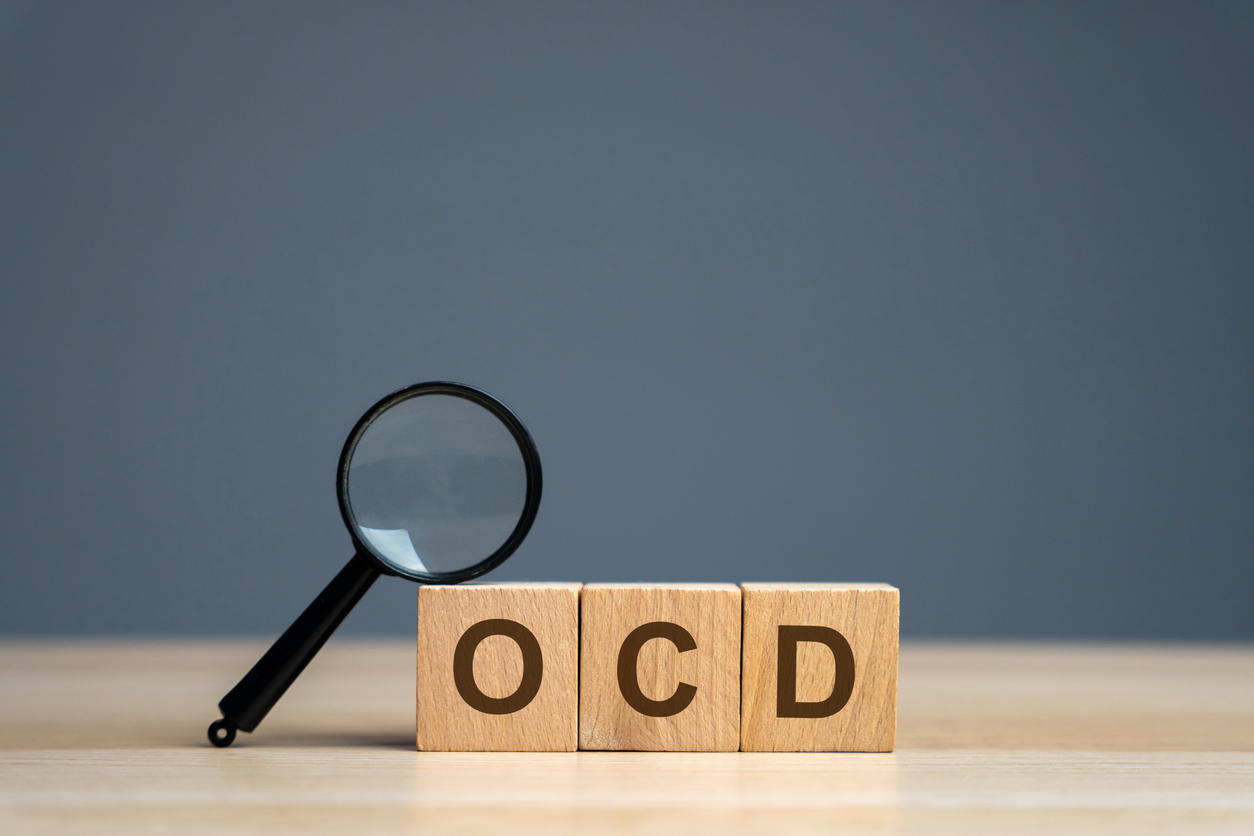🧩 OCD Often Travels with ADHD, Anxiety, and Learning Differences
OCD doesn’t always look the way people expect. It can be silent, internal, or mistaken for other challenges. OCD commonly co-occurs with other neurodevelopmental differences, including ADHD, learning disorders, and anxiety. At Minnesota Neuropsychology, we screen for OCD in our comprehensive neuropsychological evaluations.
🧠 What Is OCD?
OCD is more than just being particular or liking things neat. It involves:
- Obsessions: Unwanted, intrusive thoughts, fears, or images that cause significant anxiety (like fears of germs, harm coming to a loved one, or something bad happening if things aren’t “just right”).
- Compulsions: Repetitive behaviors or mental rituals performed to reduce that anxiety (like washing, checking, repeating, or avoiding certain situations).
These patterns can be very distressing—and often misunderstood.
🧘 Note: OCD doesn’t always come with generalized anxiety, but the two can overlap. Distinguishing them is key for effective treatment.
👀 What Does OCD Look Like?
In children:
- Repeating questions or actions until it feels “just right”
- Excessive fear of germs, harm, or upsetting someone
- Fear of getting rid of belongings
- Needing constant reassurance
- Rituals around bedtime, meals, or school routines
In adults:
- Replaying conversations or decisions in their head
- Intrusive fears about causing harm
- Silent counting, checking, or mental reviewing
- Excessive organizing, but not always in visible ways
OCD is often internal—many individuals know their thoughts don’t make sense, but still feel unable to stop them.
These symptoms aren’t always visible—but they can create significant distress. That’s why screening for OCD, even when it’s not the primary concern, can be life-changing.
🧬 What Causes OCD? Brain Circuits & Genetics
OCD is not caused by anything a person—or parent—did wrong. It’s a neurobiological condition with strong genetic and brain-based foundations. Research shows that OCD involves overactivity in specific brain circuits, particularly those linking the orbitofrontal cortex (which detects potential danger), the anterior cingulate cortex (which monitors for mistakes), and the basal ganglia (which helps regulate habits and motor behaviors). These loops can become hyperactive, making it difficult for individuals to “let go” of intrusive thoughts or stop repetitive behaviors. In addition, OCD often runs in families, and shared genetic factors may contribute to its overlap with other conditions like ADHD, tics, or anxiety.
Understanding the brain-based nature of OCD can help reduce stigma and remind us: this is not a willpower issue—it’s a condition that responds to the right support.
🛠️ What Works: Evidence-Based Treatments for OCD
The good news is: there are well-researched, effective treatments for OCD.
The most effective approaches include:
🧠 Cognitive Behavioral Therapy (CBT) with Exposure and Response Prevention (ERP)
This highly effective therapy helps individuals face their fears gradually, without doing the rituals that keep the anxiety going.
💊 Medication
Certain medications—especially SSRIs like fluoxetine and sertraline—are approved to treat OCD in both children and adults. These medications work best when paired with therapy.
🔁 Combined Care
A combination of therapy and medication often leads to the best outcomes.
💬 Final Thoughts
OCD doesn’t always announce itself. But when we find it—and treat it—lives change.
If you’ve been wondering why certain strategies haven’t helped, or if your child’s struggles don’t fully make sense, an evaluation that screens for OCD may be the missing link.
We’re here to help you or your child get answers—and real support that works.
Warmly,
Liz Adams, PhD, LP, ABPP
Board Certified Neuropsychologist
Founder and CEO
Minnesota Neuropsychology


